Meet the team: James Williamson
Continuing our series to introduce staff from all areas of the practice, meet James. James has been with Assael for three years, having joined as a Part II architect. With his growing interest in sustainable design, James recently became a Certified Passive House Designer.
Recent weeks have seen climate change brought to the fore of public debate. Much of this was due to Extinction Rebellion bringing central London to a standstill and superstar teenage activist Greta Thunberg meeting with parties’ leaders and calling on them to act. And it seems as if they heard. A couple of weeks ago the Commons passed a vote declaring an ‘environmental and climate change emergency’ and the Committee on Climate Change (CCC) published its ‘Towards Net Zero’ report, setting out clear, costed guidance on how the UK economy can transition to net-zero emissions by the middle of this century.

While housing is not the first thing you think about when discussing climate change, it has a huge role to play in bringing our carbon emissions to zero in Britain. Fortunately, the built environment has the technology to design and deliver low-carbon, sustainable homes at a competitive price, as well as an array of energy efficiency standards. One of which is Passive House.
There currently remains a misconception about building to Passive House levels in the UK; that the energy efficiency standard can only be applied to one-off rural houses, and high-density urban developments are too complex to achieve and beyond the capabilities of contractors in the UK construction industry. There are no doubt challenges – Passive House is a rigorous approach that requires planning from the outset of a project – however it is readily achievable, and across all asset classes. As my training to become a Certified Passive House Designer has demonstrated, this includes multi-unit residential developments.
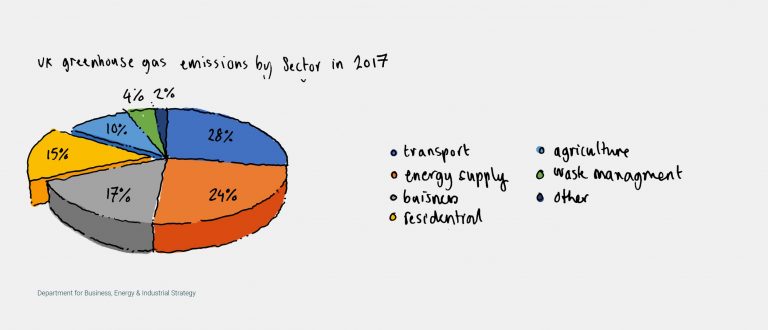
Since the withdrawal or weakening of policies to support low-carbon measures, including Zero Carbon Homes and the Code for Sustainable Homes, sustainability in the UK has been viewed by both government and the construction industry as a side note to new development; a nice to have addition or as a tick box exercise to meet the minimum demanded by planning approval or to secure funding to commence works. This has led to many new homes being built only to minimum standards for water and energy efficiency – just 1% of new homes in 2018 were Energy Performance Certificate (EPC) Band A [1]. This is clearly not acceptable in our unprecedented era of climate change.
There is a lack of regulation, guidance and communication about means to cost-effectively reduce climate related risks, such as appropriate ventilation, shading and water efficient devices. There is a perception that by simply adding ‘eco-bling’ to buildings – such as solar panels – developments are seen to be ‘doing their bit’ towards climate change. Not seeking to dismiss the importance of renewable energy – they and other such responses have important roles to play in the built environment – but if the UK is to truly tackle climate change and the release of greenhouse gases, the construction industry and government needs to focus on a building’s energy usage as a priority.
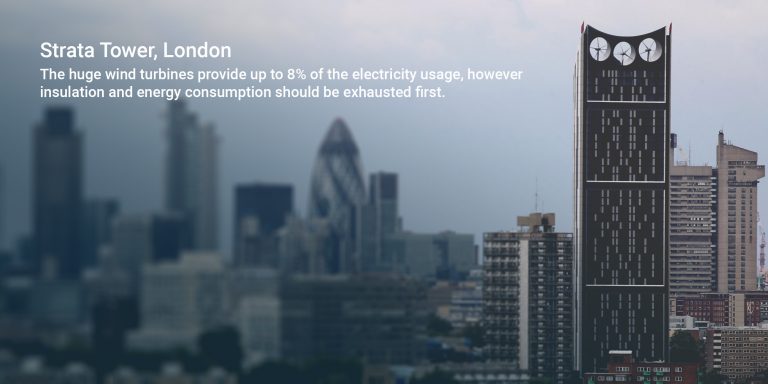
My personal route into training as a Certified Passive House Designer was a willingness to pursue a more analytical, empirical and systematic approach to sustainability. The subsequent training – including more time spent on a calculator than the last 10 years of my professional career – have transformed my perspective of sustainability. For those unfamiliar; the Passive House standard is about the design and construction of any building (not just a house) that creates a comfortable temperature, day and night, throughout the entire building, for every day of the year, with very low heating bills. Passive House uses the sun, the building’s occupants, household appliances, and the extracted air (all passive heat sources) to cover much of the heat demand. As the house has such reduced fabric heat losses, the remaining heat can be provided either by supplied air, or more commonly radiators. Typically, Passive House buildings achieve a 75% reduction in space heating requirements compared to standard practice for UK new builds [2].
A building needs to meet an exacting standard in terms of design and construction in order to meet this performance criteria. The temperature for every room is designed, calculated and built to be 20°C. Buildings are designed and constructed to be very comfortable to live in; no condensation on windows (internally), no mould growth and ventilated with fresh air continuously. That is all Passive House is; it cuts out the ‘greenwash’ and gives actual performance rather than targets a building fails to reach. It recognises the gap between theoretical energy loss and actual performance. It does not prioritise substance over style, the quantity of glazing (although rules of thumb are generally applied) and does not prevent occupants from opening windows.
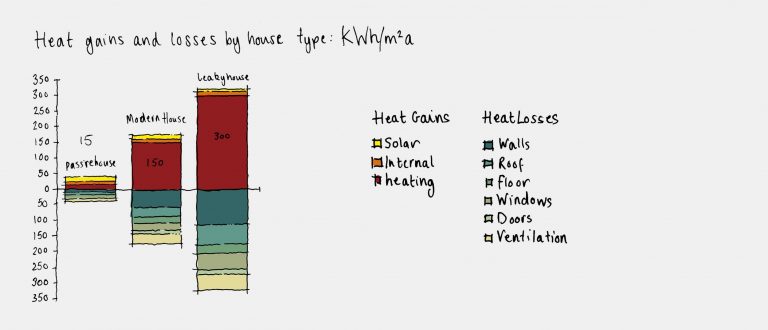
Passive House offers a natural fit for end users and investors across all housing tenures; including Build to Rent (BtR), later living, student accommodation, and equally hotels and offices. End users benefit from a much more comfortable environment, both in terms of room temperatures throughout the year, certified air quality, and reduction in external sound sources over and above building regulations – a huge advantage in busy urban environments. With surface temperatures guaranteed to be above 17°C (even in corners of rooms), this can also offer occupants increased usable floor area throughout the year; where people would normally draw away from cold window surfaces during winter months. Overheating, a common issue in many modern developments is also overcome through orientation, minimising south facing glazing and shading.
Although initial construction costs may be higher (UK contractors have however delivered Passive House schools at cost neutral levels), there needs to be a cost rebalancing of developments to account for whole-lifecycle costs. This is where Passive House can offer huge advantages both in terms of reduced running costs for heating and maintenance, but also offering better quality accommodation for residents, and therefore improved occupancy rates. Additionally, the in-situ performance of Passive House buildings has been demonstrated to thermally perform more-or-less as predicted. This contrasts with more mainstream UK housing, where differences between the predicted and in-situ thermal performance of the building fabric have differed vastly. This ‘performance gap’ has become acceptable – an inevitable consequence of the complex nature of construction and the interface between people and technology [3]. Following the post-Grenfell Hackitt report on the construction industry, there is mounting pressure that as-built performance should be more robustly monitored and enforced. Substantial monitoring of Passive Houses over more than 20 years shows that, due to quality management and certification procedures, the standard offers a robust solution to closing this building fabric thermal ‘performance gap’.
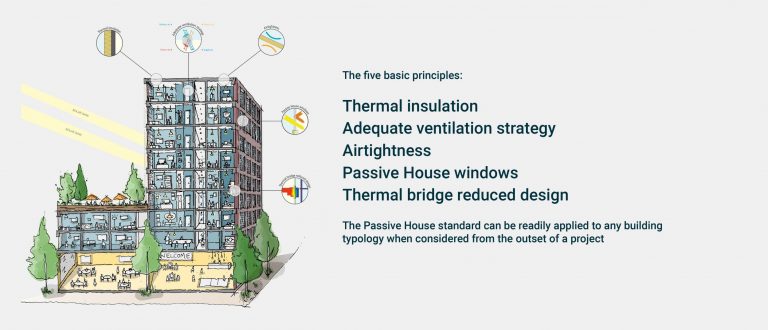
Despite the Passive House Standard being one of the world’s most widely known voluntary energy performance standards with approximately 65,000 certified developments, there are only around 1,000 Certified Passive House projects in the UK. Happily, in the last few years Passive House has gained traction with several local authorities such as Exeter, Norwich and Glasgow supporting Passive House as means to improve housing quality for social tenants, eliminate fuel poverty, and reduce running costs. The London Borough of Camden is also currently developing what will be the largest Passive House scheme in the UK, totalling 355 homes without the need for a centralised gas CHP [4].
The UK should look abroad for guidance and inspiration; New York or Vancouver come to mind. In 2015, there was only one certified Passive House project in Vancouver; now there are over 2,500 [5]. The reasons for such rapid adoption include; its effectiveness in reducing heating energy; willingness by developers to rebalance up-front with whole life-cycle costs, particularly in terms of fabric first measures and these requiring minimal future attention; and quality assurance. Vancouver has worked hard to develop a strong relationship with the construction industry by engaging with passionate private sector developers willing to support sustainable development. Additionally, incentives have been offered by the city including financial commitments and a relaxation of planning rules, such as consenting to increased densities for developers building to Passive House levels.
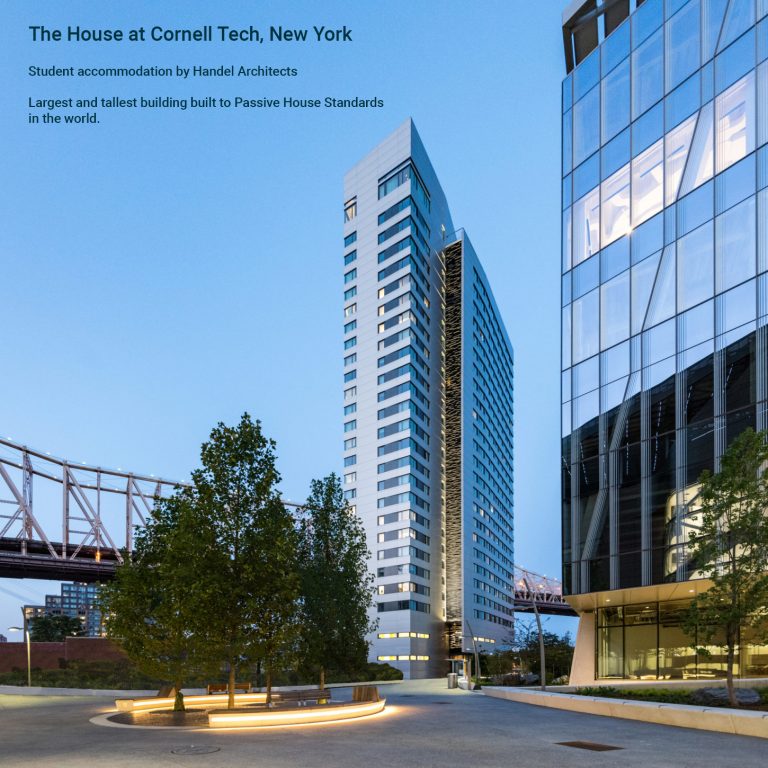
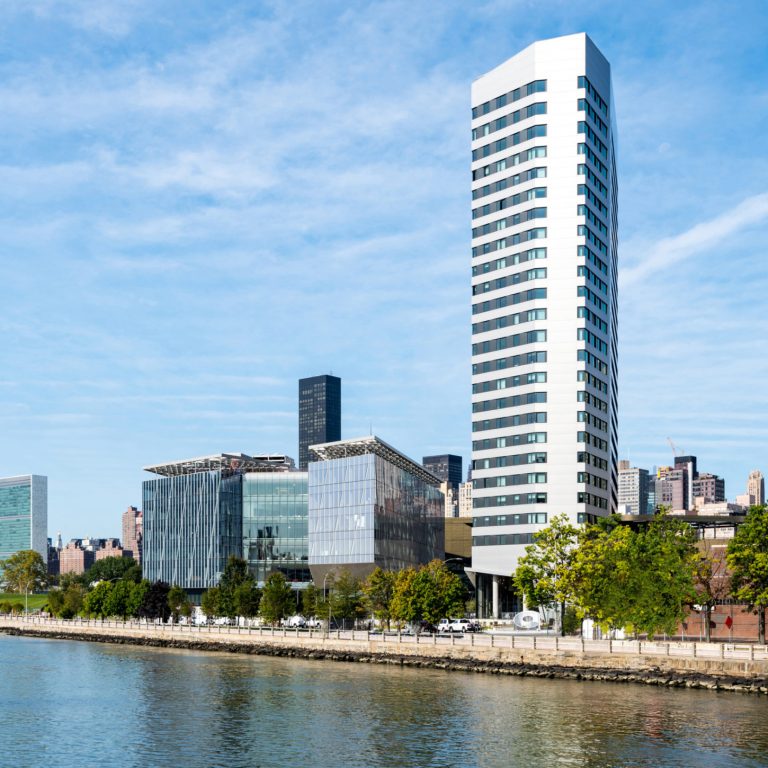
There needs to be a step change in ensuring new homes are low-carbon, ultra-energy efficient and government and local authority standards improved and enforced to meet the climate challenge we face. The UK housing stock is not well-adapted for either the current or future climate. The independent UK think tank the ‘Committee on Climate Change’ recently reported around 4.5 million (20%) homes currently overheat even in cool summers. Passive House offers a ready-made set of principals which meet and exceed UK policy requirements, and that can be applied to any building typology. The benefits of backing an empirically driven approach to sustainability are clear to be seen, both in terms of quality assurance and life-cycle savings, but also in terms of quality of life for those who reside therein.
Building to Passive House standard is essentially an extension of good quality design, ensuring healthy, comfortable, low energy buildings are delivered for the lowest lifetime costs. As a construction concept, it has been tried and tested to perform as, if not better than, expected. Therefore, as a basis for all projects it offers a set of key principles to aspire towards. Large urban residential apartment developments are by nature complex, however if the industry can move towards applying the Passive House standard in these developments (even if they fall slightly short of certification), we can move towards a more sustainable future.
[1] Data to end of September 2018 for England and Wales. MHCLG (2018) Live tables on Energy Performance of Building Certificates
[2] http://passivhaustrust.org.uk/what_is_passivhaus.php
[3] https://www.building.co.uk/bridging-the-performance-gap/5062092.article
[4] https://www.maxfordham.com/projects/agar-grove-estate
[5] https://www.greenbuildingstore.co.uk/passivhaus-in-the-uk-ending-the-policy-vacuum/